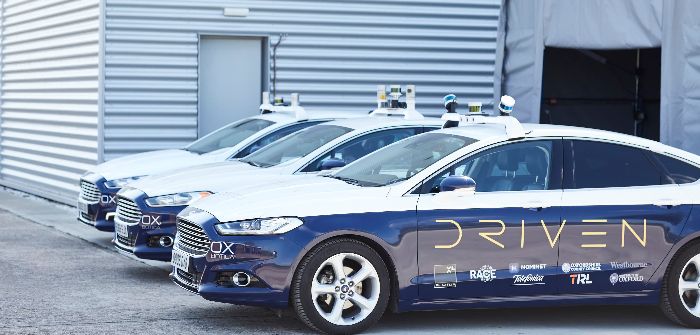The global autonomous vehicle market is expected to grow at a rate of almost 40% from 2019 to 2026 as at least 46 companies, including the likes of Tesla and Alphabet, develop self-driving vehicles that could add US$7tn to the global economy.
Across the globe, technology companies and multi-stakeholder, cross-industry groups are investing money and time into exploring an innovation that is rapidly approaching usability. The technology and software are progressing fast and public familiarity is growing, but one major stumbling block remains: data.
In fairness, it has been a bad year for data. The Cambridge Analytica scandal and swirling concerns over election interference in the UK and USA served to bring home the realities of the digital infrastructure in which we build our lives, not to mention how personal, identifiable data is being used far beyond the arena in which it was relinquished. But data is neither good nor bad. Data has great potential and power, and data is the blood that will beat through the veins of a smart transportation system built around the connected autonomous vehicles (CAV) we are getting so excited about.
For there is no doubt that smart transportation will soon become a necessity above and beyond CAVs. In the UK, for example, where its cities are becoming increasingly congested with higher pollution levels, smart transportation will be a core component of wide-scale plans to protect the environment and manage the vast number of people on the roads. It will also help tackle social issues, such as isolation and exclusion experienced by those living in rural areas, the elderly, or people with disabilities.
CAVs are a rich source of data that is constantly collected by the high-quality sensors embedded in the vehicles. Everything from hyper-local weather data to the quality of road-side lighting can be gathered and shared with the appropriate parties in the network to drive their activity.
The council, for example, could be informed when traffic lights are broken, or identify very early stage pot holes, which would provide savings across the board. Emergency services could be immediately informed of accidents and receive live 3D information about the crash site before arrival. Sharing CAV data would also facilitate innovative new services for insurance.
However, the realities of sharing AV data, whether in an open manner or privately between trusted parties, is not yet straightforward. Some of the fundamental issues are technical, from identifying what datasets are available and the size of that data, to the wireless connections suitable for transmission.
Connectivity becomes a challenge here, because the data could be phenomenally large, with terabytes captured from vehicle sensors every day. The current 4G networks cannot handle these types of loads, especially considering the UK roads have over 30 million vehicles on them. Regardless of the rapid onset and promise of 5G networks, data optimization will always be needed, but will be shaped initially by operational and regulatory requirements. Unfortunately, sharing data for the ‘greater good’ will tend to be last on the priority list.
But then there may be good reasons for a reticence over data sharing. The security of CAVs is obviously a big concern for operators and manufacturers keen to avoid opening up new attack vectors. Commercial entities will want to minimize commercially sensitive data falling into the hands of competitors. This could result in shared data (if there is any) being so aggregated and watered down, it struggles to be of use in an external context.
We must also consider the regulatory conditions now affecting data sharing. Manufacturers and service operators are obliged to follow GDPR rules on data privacy, but this could undermine the effectiveness of the smart transportation system. For example, revealing vehicle journeys may lead to an individual being identified, but having knowledge of a journey in advance could be one of the most useful pieces of data for a future urban transportation system, enabling operators to dynamically load balance networks to a much finer degree than today, reducing congestion issues.
A path through these muddy complications will have to come from legislation and regulation around data sharing. This in turn must be informed by a consultation process that includes cross-industry perspectives to allow for the multi-stakeholder nature of CAV development and deployment.
We also need more use cases to demonstrate the importance and potential of sharing data. For instance, Transport for London’s open data release unlocked up to £130m (US$164m) each year in economic benefits and savings, and improved the journeys of millions of transportation users daily. Examples like this help to demonstrate the superior benefits that data sharing can bring and the potential of smarter transportation systems, provided we have the infrastructure to support them.
The future of transportation is exciting for those of us working at the forefront of it, but questions around data sharing loom large. If the UK wants to keep pace with the world and remain a global tech leader, data sharing regulations for smart transportation need to start moving up the national agenda. After a year of data despair, we need to recognise the necessity and power of data within a connected transportation system that pivots around the much-publicized driverless car, and work collaboratively to remove the barriers that currently stand in our way.



